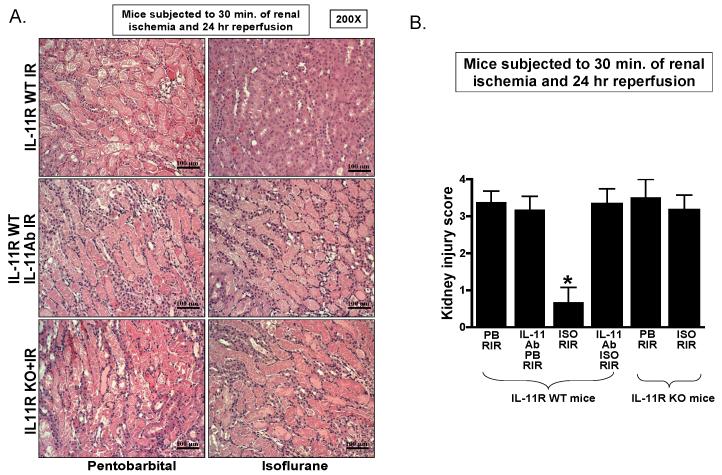Figure 9. Interleukin (IL)-11 is critical for isoflurane postconditioning mediated reduction in renal tubular apoptosis after ischemia and reperfusion.
A. Representative photomicrographs of four to six experiments for terminal deoxynucleotidyl transferase dUTP nick end labeling (TUNEL) staining (representing apoptotic nuclei, magnification 100×) from kidneys IL-11 receptor wild-type (IL-11R WT) mice, IL-11 receptor deficient (IL-11R KO [knockout]) mice and IL-11R WT mice pretreated with IL-11 neutralizing antibody and subjected to 30 min renal ischemia and 24-h reperfusion. B. Quantifications of apoptotic cells per 100× field in the kidneys of mice after renal ischemia reperfusion (RIR). * P < 0.05 vs. vehicle-treated pentobarbital anesthetized mice subjected to RIR. Error bars represent 1 SD. IL-11R WT mice anesthetized with pentobarbital after renal ischemia showed numerous TUNEL positive cells. Isoflurane postconditioning significantly attenuated renal tubular apoptosis after RIR. IL-11 deficiency (IL-11R KO) or IL-11 neutralization attenuated these reductions in renal tubular apoptosis with isoflurane postconditioning in mice.

